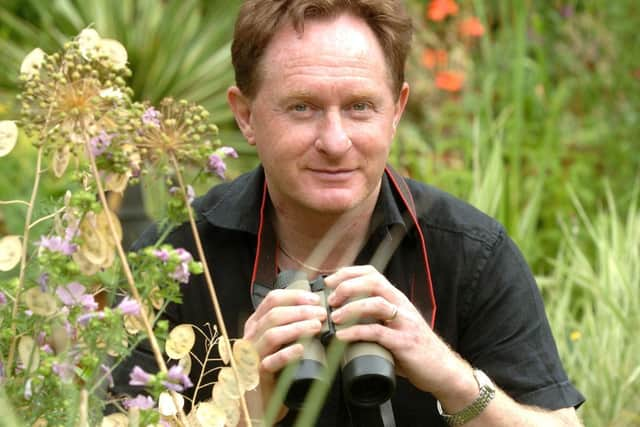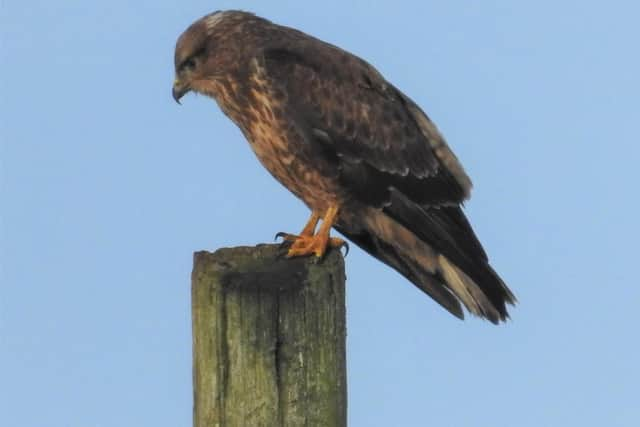Wildlife column: Buzzards are becoming an everyday sight once more
and live on Freeview channel 276
At Norton in Sheffield I actually had one come into land in the oak tree at the bottom of the garden. It is amazing to think that only a few decades ago such an occurrence would have been impossible and unthinkable – the buzzard was locally and regionally extinct.
Today, a sighting of common buzzard is an everyday occurrence from the city centre to the suburbs and the countryside beyond.
Advertisement
Hide AdAdvertisement
Hide AdThe buzzard’s eyesight is far better than ours. This means they can spot prey such as mice and voles from a long way off.


However, for a predator the conservation of precious energy is also very important and finding ways to save on energy use whilst hunting becomes very important.
So this is what the bird is doing here by perching on top of a telegraph post with good all-round vision across fields on either side and along sprawling old hedgerows following the green lane from the village to the wood.
The bird can perch and watch but expend minimal energy until the moment to pounce and to kill. The need is to maximise success but with minimised cost, which for the bird is in terms of energy expended.
Advertisement
Hide AdAdvertisement
Hide AdCommon buzzards also take rabbits and so the field margins around dusk become favoured hunting grounds.


For smaller mammals these are the buzzard and owl killing zones; but no apology for that. Nature is red in tooth and claw and the buzzards and owls do have to eat!
They also play a hugely important role for us humans in helping to control populations of invasive pests like brown rats, a species doing rather well with warmer winters and global warming.
Decreased public authority expenditure on pest control also means rapidly-increasing populations of ‘vermin’ such as rats with increased incidence of things like disease and food spoilage as a consequence.
*Professor Ian D Rotherham, of Sheffield Hallam University, is a researcher, writer and broadcaster on wildlife and environmental issues